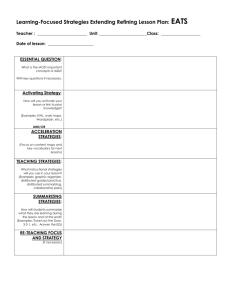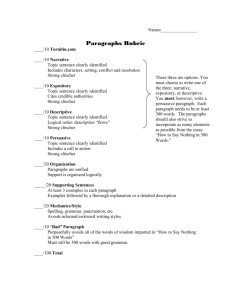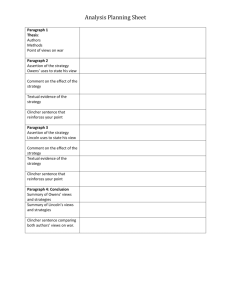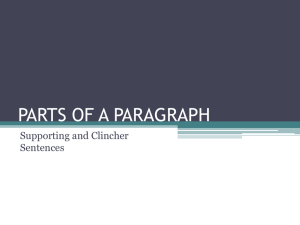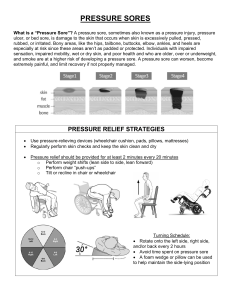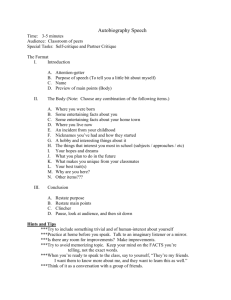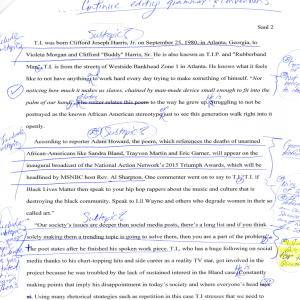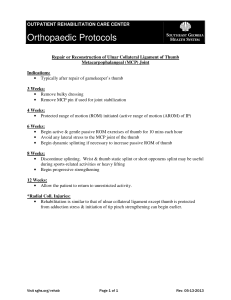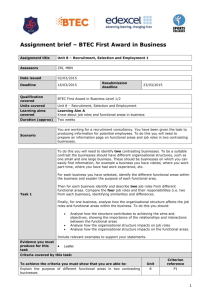Compare and Contrast Writing: Key Issues The— Compare and
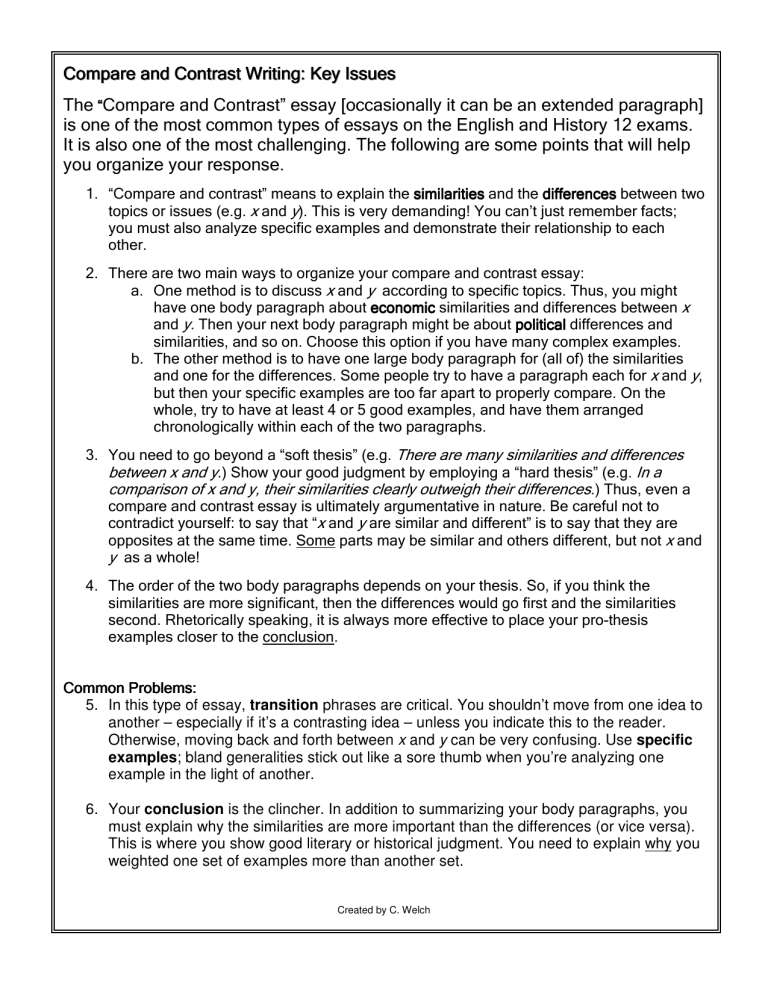
" $
# $
4 $ +
%
$
&
$
$
$ /
)
%
$
' $ $
&
0
%
$
% 0
$( 1 %
0
)
%
($
&
)
$
)
$ 1
2 3
%
' $ $
-
%
2 $
%
$ 7
*
%
$ 1
6 0
0
$
%
* + , -
!
" #
%
%
.
%
$
$ 0
%
%
)
0
$
)
)
)
' (
$ /
$(
' $ $
0 )
$ 5
$
0
%
)
$ 1 0
0
8
6
9999
5. In this type of essay, transition phrases are critical. You shouldn’t move from one idea to another – especially if it’s a contrasting idea – unless you indicate this to the reader.
Otherwise, moving back and forth between x and y can be very confusing. Use specific examples ; bland generalities stick out like a sore thumb when you’re analyzing one example in the light of another.
6. Your conclusion is the clincher. In addition to summarizing your body paragraphs, you must explain why the similarities are more important than the differences (or vice versa).
This is where you show good literary or historical judgment. You need to explain why you weighted one set of examples more than another set.
Created by C. Welch

